The Benefits of OWOW
OWOW integrates different disciplines such as: water supply, water quality, recycled water, stormwater management, water use efficiency, land use, energy use, climate change, and habitat, while Disadvantaged Communities and Native American tribal community water issues receive special focus.
Through this integration, participants conduct regional planning and produce shared goals and integrated thinking. When it comes time to implement projects, because the plan was crafted together, those projects have multiple benefits that reflect the interests of all.
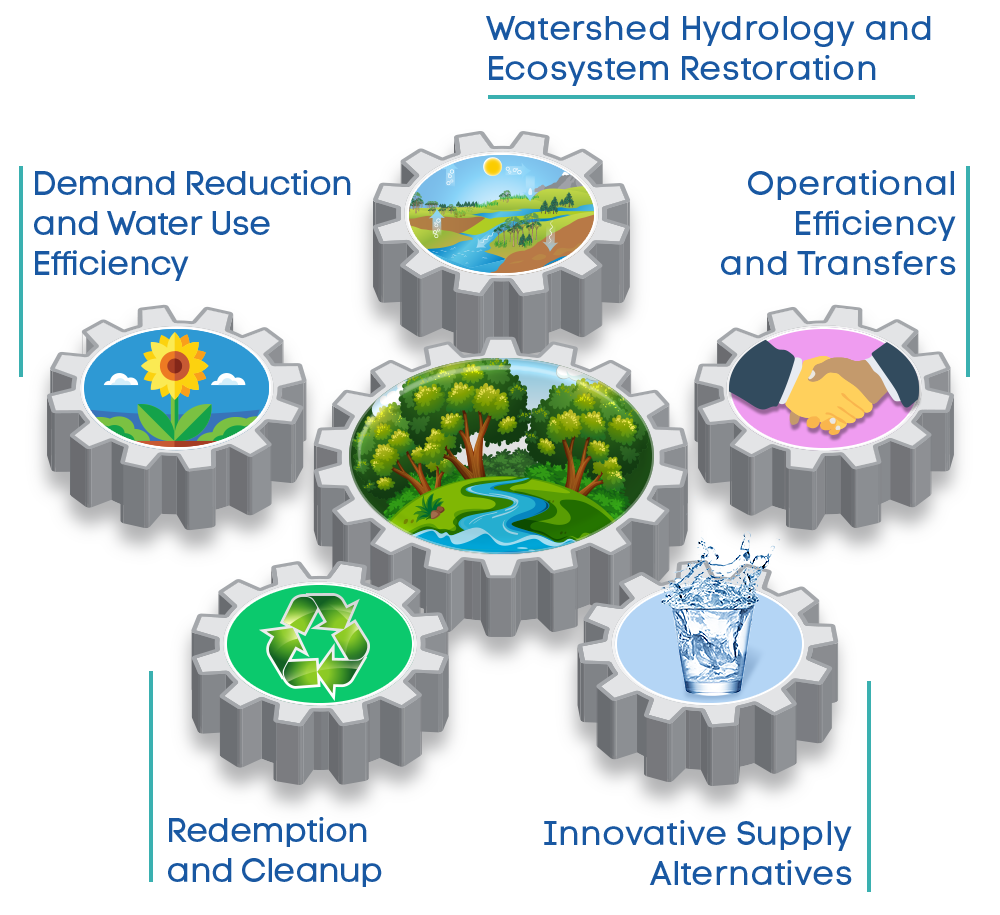
Governance
Developing a governance model that matched the diversity of participation was an important goal of the OWOW Program and is reflected today in the OWOW Steering Committee. The Committee includes elected, appointed, public, private and non-profit members. The Committee makes decisions about the program in an advisory role to the SAWPA Commission, which is the state-approved regional water management group. The links below show each component of the OWOW Governance model including the OWOW Pillars (the workgroups in the watershed), OWOW Steering Committee, and the SAWPA Commission.
OWOW Pillars
The 10 One Water One Watershed Pillars are working groups are comprised of stakeholders, water agency staff, watershed-wide technical experts and watershed stakeholders supporting the OWOW plan development.
OWOW Steering Committee
The 11-member OWOW Steering Committee is composed of representatives from SAWPA Commission, counties, cities, business communities, environmental and regulatory communities from the watershed.
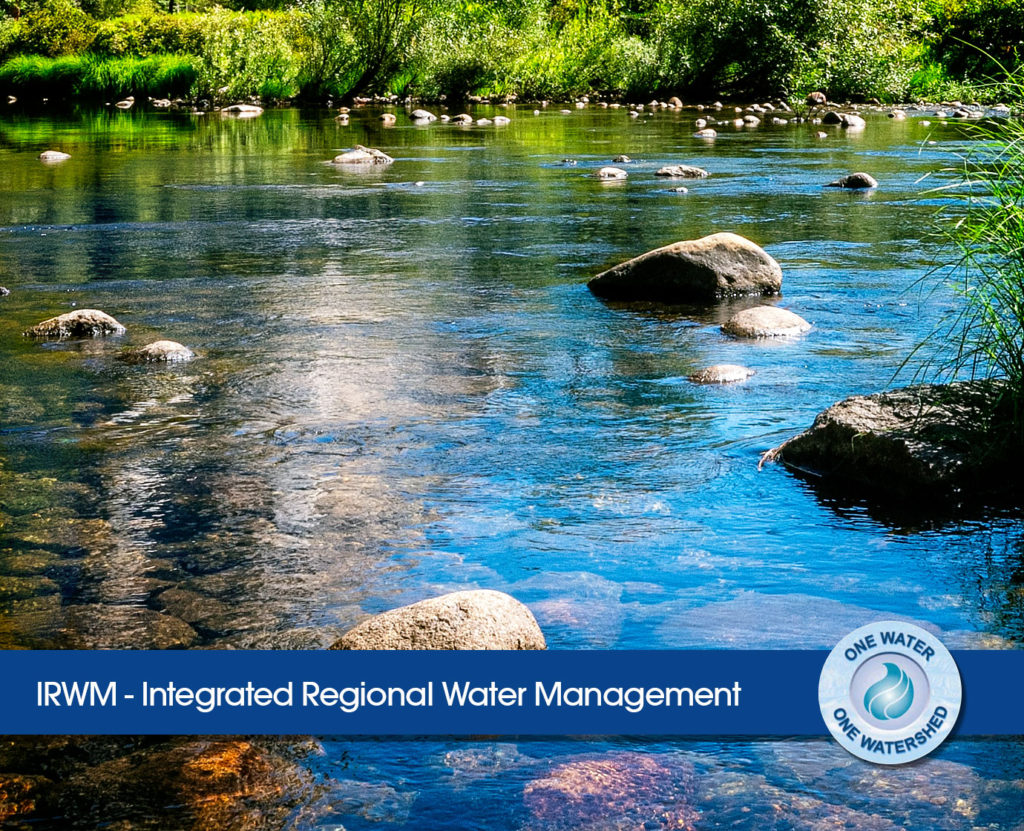
OWOW Plan
Integrated Regional Water Management (IRWM)
Integrated Regional Water Management (IRWM) is a collaborative effort to manage water and watersheds in a region. IRWM crosses jurisdictional, watershed, and political boundaries; involves multiple agencies, stakeholders, individuals, and groups; and addresses the issues and differing perspectives of everyone involved through mutually beneficial solutions.
The Santa Ana River Watershed Integrated Regional Water Management Plan is known by stakeholders as the “One Water One Watershed” (OWOW) Plan, a name that originates in the plan’s comprehensive view of the watershed and water issues; one in which all types of water (imported, local surface and groundwater, stormwater, and wastewater effluent) are viewed as components of a single water system, inextricably linked to land use and land cover.
OWOW Plan
This One Water One Watershed (OWOW) Plan Update 2018 is the Integrated Regional Water Management (IRWM) Plan for the Santa Ana River Watershed. The OWOW Plan Update 2018 was written by and for stakeholders throughout the watershed.
This plan describes how collaborative watershed planning, water and land management, and project implementation supports improved sustainability, resilience, and quality of life throughout the Santa Ana River Watershed through 2040.
OWOW 2.0 Plan
Moving into Implementation
SAWPA launched the update to the OWOW 2.0 Plan on April 20, 2011, focusing on the theme “Moving into Implementation” to encourage the scoping and research included in the original OWOW Plan be the starting point for broad implementation of watershed-scale efforts.
OWOW 1.0 Plan
Moving Towards Sustainability
SAWPA launched the stakeholder-driven effort to create the OWOW Plan April 17, 2007. The core of the approach was for the plan to be crafted, with facilitation by SAWPA, by the engaged people and agencies from across the watershed.
Grant Funded Activities
Funding has been made available to OWOW through IRWM’s three voter-approved water bonds: Proposition 50, 84, and 1. These bonds have distributed over $203 million in funds to over projects in the watershed ($25 million in Prop 50, $115 million through four rounds of Proposition 84, and $63 million in Proposition 1).
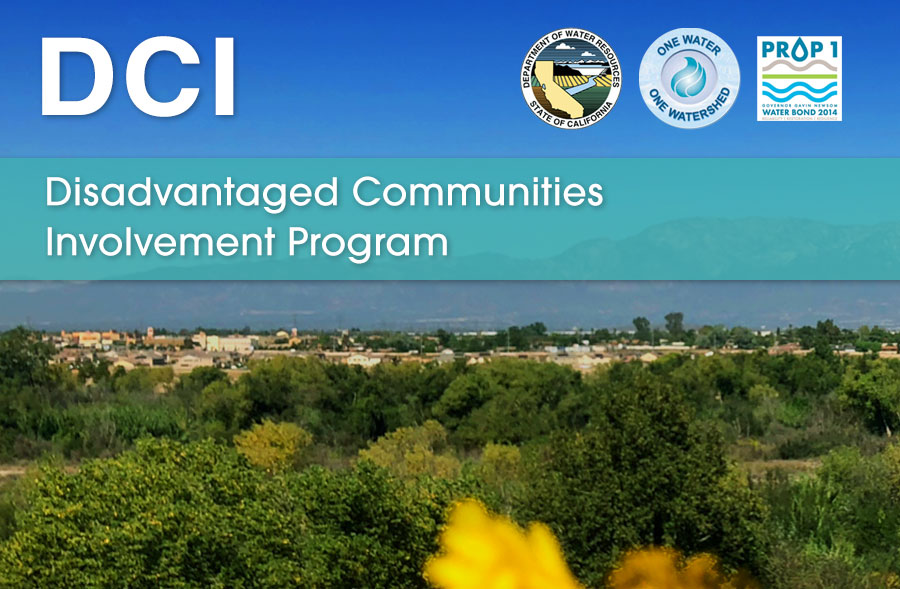
Disadvantaged Communities Involvement Program
This Program explores the strengths and needs of overburdened communities, through engagement and education, and ensures integrated water management projects that are supported by communities are made ready.
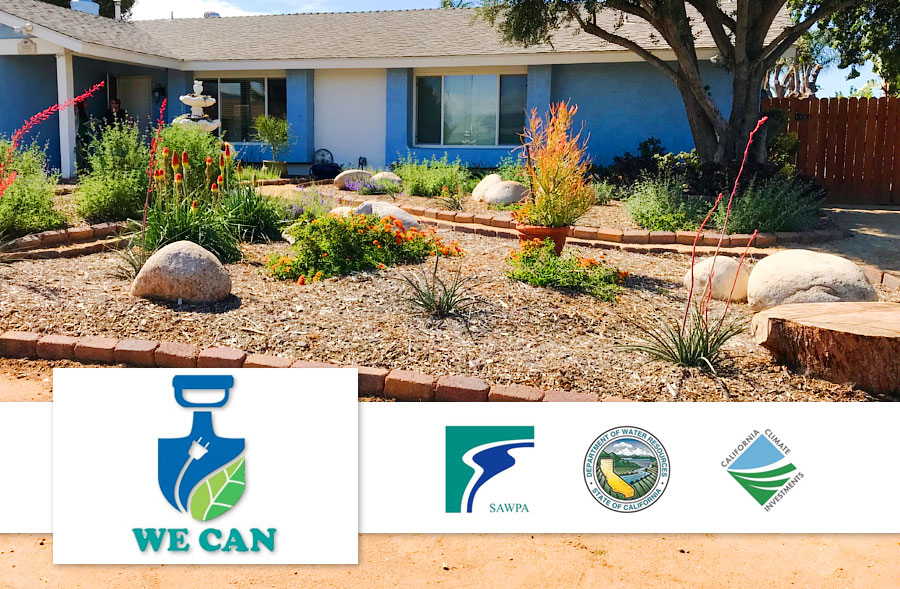
Water-Energy Community Action Network (WE CAN)
The Water-Energy Community Action Network (WE CAN) is a program supported by the California Greenhouse Gas Reduction Fund to help the people of California adapt to climate change, and mitigate…
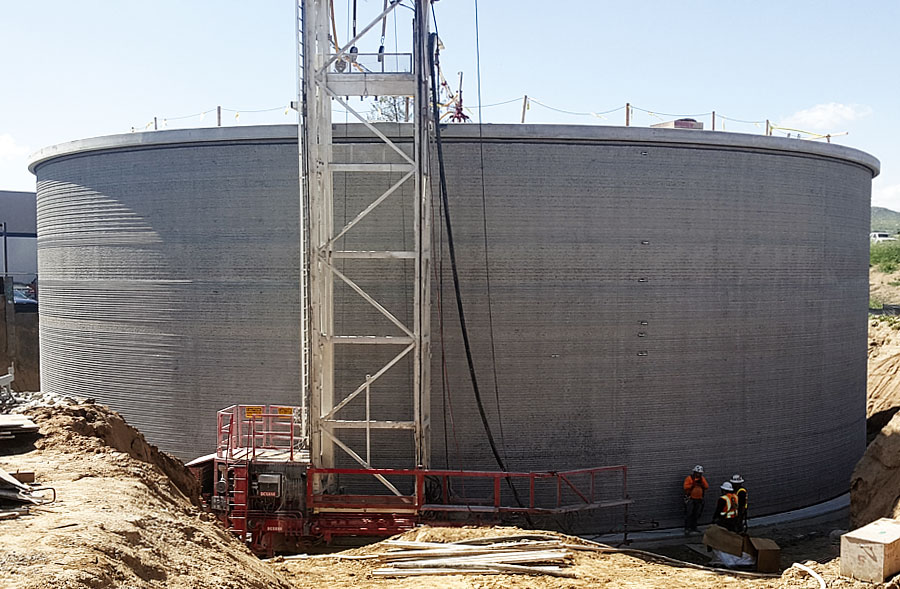
2015 Proposition 84 IRWM Implementation Grant
The Prop 84 2015 IRWM grant program disbursed the remaining grant funding under the Proposition 84 Safe Drinking Water, Water Quality and Supply, Flood Control, River and Coastal Protection Bond…


